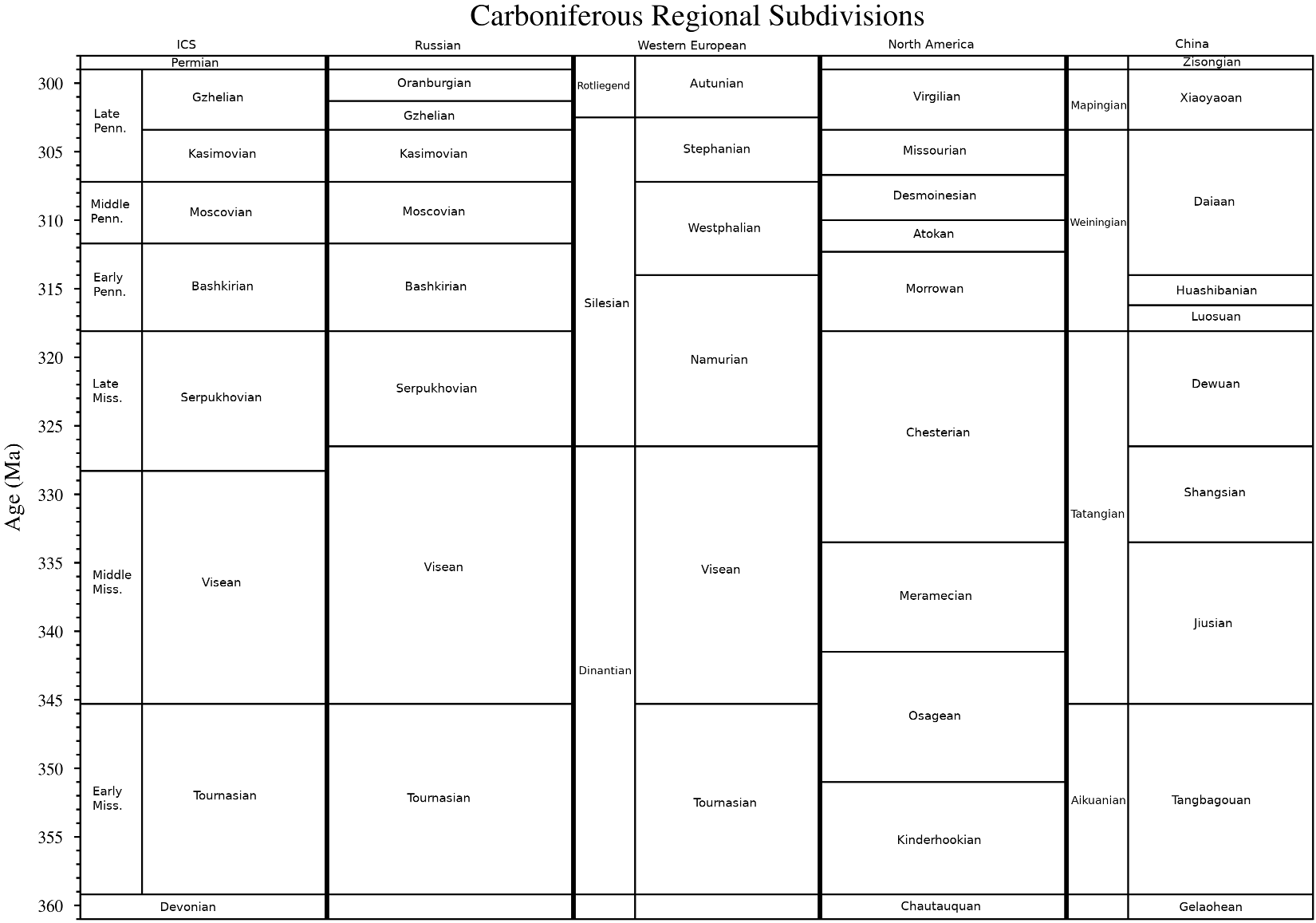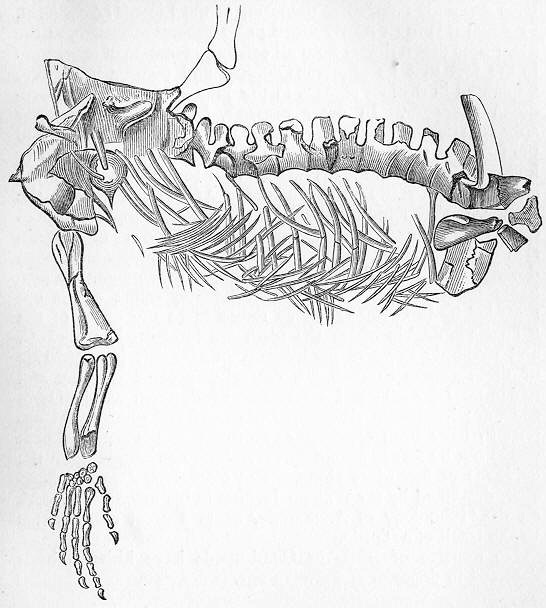|
Araeosceloidea
Araeoscelidia or Araeoscelida is a clade of extinct diapsid reptiles superficially resembling lizards, extending from the Late Carboniferous to the Early Permian. The group contains the genera ''Araeoscelis'', ''Petrolacosaurus'', the possibly aquatic '' Spinoaequalis'', and less well-known genera such as '' Kadaliosaurus'' and '' Zarcasaurus''. This clade is considered to be the sister group to all (currently known) later diapsids. Description Araeoscelidians were small animals (less than one meter in length) looking somewhat like lizards, though they are only distantly related to true lizards. They differ from other, earlier sauropsids by their slender limbs, their elongated tail, and of course by the presence of two temporal openings, the feature defining the diapsid condition. In ''Araeoscelis'', only the upper temporal opening remains, thus resulting in a derived euryapsid condition. Genera Araeoscelidia includes well-known genera such as ''Araeoscelis'' Williston 1910, ... [...More Info...] [...Related Items...] OR: [Wikipedia] [Google] [Baidu] |
Petrolacosaurus Kansensis
''Petrolacosaurus'' ("rock lake lizard") is an extinct genus of diapsid reptile from the late Carboniferous period. It was a small, long reptile, and the earliest known reptile with two temporal fenestrae (holes at the rear part of the skull). This means that it was at the base of Diapsida, the largest and most successful radiation of reptiles that would eventually include all modern reptile groups, as well as dinosaurs (which survive to the modern day as birds) and other famous extinct reptiles such as plesiosaurs, ichthyosaurs, and pterosaurs. However, ''Petrolacosaurus'' itself was part of Araeoscelida, a short-lived early branch of the diapsid family tree which went extinct in the mid-Permian. Discovery The first ''Petrolacosaurus'' fossil was found in 1932 in Garnett, Kansas, by a field expedition from the University of Kansas Natural History Museum. The party consisted of Henry H. Lane, Claude Hibbard, David Dunkle, Wallace Lane, Louis Coghill, and Curtis Hesse. Unfo ... [...More Info...] [...Related Items...] OR: [Wikipedia] [Google] [Baidu] |
Petrolacosauridae
''Petrolacosaurus'' ("rock lake lizard") is an extinct genus of diapsid reptile from the late Carboniferous period. It was a small, long reptile, and the earliest known reptile with two temporal fenestrae (holes at the rear part of the skull). This means that it was at the base of Diapsida, the largest and most successful radiation of reptiles that would eventually include all modern reptile groups, as well as dinosaurs (which survive to the modern day as birds) and other famous extinct reptiles such as plesiosaurs, ichthyosaurs, and pterosaurs. However, ''Petrolacosaurus'' itself was part of Araeoscelida, a short-lived early branch of the diapsid family tree which went extinct in the mid-Permian. Discovery The first ''Petrolacosaurus'' fossil was found in 1932 in Garnett, Kansas, by a field expedition from the University of Kansas Natural History Museum. The party consisted of Henry H. Lane, Claude Hibbard, David Dunkle, Wallace Lane, Louis Coghill, and Curtis Hesse. Unfort ... [...More Info...] [...Related Items...] OR: [Wikipedia] [Google] [Baidu] |
Petrolacosaurus
''Petrolacosaurus'' ("rock lake lizard") is an extinct genus of diapsid reptile from the late Carboniferous period. It was a small, long reptile, and the earliest known reptile with two temporal fenestrae (holes at the rear part of the skull). This means that it was at the base of Diapsida, the largest and most successful radiation of reptiles that would eventually include all modern reptile groups, as well as dinosaurs (which survive to the modern day as birds) and other famous extinct reptiles such as plesiosaurs, ichthyosaurs, and pterosaurs. However, ''Petrolacosaurus'' itself was part of Araeoscelida, a short-lived early branch of the diapsid family tree which went extinct in the mid-Permian. Discovery The first ''Petrolacosaurus'' fossil was found in 1932 in Garnett, Kansas, by a field expedition from the University of Kansas Natural History Museum. The party consisted of Henry H. Lane, Claude Hibbard, David Dunkle, Wallace Lane, Louis Coghill, and Curtis Hesse. U ... [...More Info...] [...Related Items...] OR: [Wikipedia] [Google] [Baidu] |
Carboniferous
The Carboniferous ( ) is a geologic period and system of the Paleozoic that spans 60 million years from the end of the Devonian Period million years ago (Mya), to the beginning of the Permian Period, million years ago. The name ''Carboniferous'' means "coal-bearing", from the Latin '' carbō'' (" coal") and '' ferō'' ("bear, carry"), and refers to the many coal beds formed globally during that time. The first of the modern 'system' names, it was coined by geologists William Conybeare and William Phillips in 1822, based on a study of the British rock succession. The Carboniferous is often treated in North America as two geological periods, the earlier Mississippian and the later Pennsylvanian. Terrestrial animal life was well established by the Carboniferous Period. Tetrapods (four limbed vertebrates), which had originated from lobe-finned fish during the preceding Devonian, became pentadactylous in and diversified during the Carboniferous, including early amphibian lin ... [...More Info...] [...Related Items...] OR: [Wikipedia] [Google] [Baidu] |
Sauropsid
Sauropsida ("lizard faces") is a clade of amniotes, broadly equivalent to the class Reptilia. Sauropsida is the sister taxon to Synapsida, the other clade of amniotes which includes mammals as its only modern representatives. Although early synapsids have historically been referred to as "mammal-like reptiles", all synapsids are more closely related to mammals than to any modern reptile. Sauropsids, on the other hand, include all amniotes more closely related to modern reptiles than to mammals. This includes Aves (birds), which are now recognized as a subgroup of archosaurian reptiles despite originally being named as a separate class in Linnaean taxonomy. The base of Sauropsida forks into two main groups of "reptiles": Eureptilia ("true reptiles") and Parareptilia ("next to reptiles"). Eureptilia encompasses all living reptiles (including birds), as well as various extinct groups. Parareptilia is typically considered to be an entirely extinct group, though a few hypotheses ... [...More Info...] [...Related Items...] OR: [Wikipedia] [Google] [Baidu] |
Skull
The skull is a bone protective cavity for the brain. The skull is composed of four types of bone i.e., cranial bones, facial bones, ear ossicles and hyoid bone. However two parts are more prominent: the cranium and the mandible. In humans, these two parts are the neurocranium and the viscerocranium ( facial skeleton) that includes the mandible as its largest bone. The skull forms the anterior-most portion of the skeleton and is a product of cephalisation—housing the brain, and several sensory structures such as the eyes, ears, nose, and mouth. In humans these sensory structures are part of the facial skeleton. Functions of the skull include protection of the brain, fixing the distance between the eyes to allow stereoscopic vision, and fixing the position of the ears to enable sound localisation of the direction and distance of sounds. In some animals, such as horned ungulates (mammals with hooves), the skull also has a defensive function by providing the mount (on the ... [...More Info...] [...Related Items...] OR: [Wikipedia] [Google] [Baidu] |
Euryapsid
__NOTOC__ Euryapsida is a polyphyletic (unnatural, as the various members are not closely related) group of sauropsids that are distinguished by a single temporal fenestra, an opening behind the orbit, under which the post-orbital and squamosal bones articulate. They are different from Synapsida, which also have a single opening behind the orbit, by the placement of the fenestra. In synapsids, this opening is below the articulation of the post-orbital and squamosal bones. It is now commonly believed that euryapsids are in fact diapsids (which have two fenestrae behind the orbit) that lost the lower temporal fenestra. There are probably no surviving descendants of the euryapsids. The term Enaliosauria was once used for ichthyosaurs and plesiosaurs combined as well. See also * Anapsida * Diapsida Diapsids ("two arches") are a clade of sauropsids, distinguished from more primitive eureptiles by the presence of two holes, known as temporal fenestrae, in each side of their skulls. ... [...More Info...] [...Related Items...] OR: [Wikipedia] [Google] [Baidu] |
Diapsida
Diapsids ("two arches") are a clade of sauropsids, distinguished from more primitive eureptiles by the presence of two holes, known as temporal fenestrae, in each side of their skulls. The group first appeared about three hundred million years ago during the late Carboniferous period. All diapsids other than the most primitive ones in the clade Araeoscelidia are sometimes placed into the clade Neodiapsida. The diapsids are extremely diverse, and include birds and all modern reptile groups, including turtles, which were historically thought to lie outside the group. Although some diapsids have lost either one hole (lizards), or both holes (snakes and turtles), or have a heavily restructured skull (modern birds), they are still classified as diapsids based on their ancestry. At least 17,084 species of diapsid animals are extant: 9,159 birds, and 7,925 snakes, lizards, tuatara, turtles, and crocodiles. Characteristics The name Diapsida means "two arches", and diapsids are tradit ... [...More Info...] [...Related Items...] OR: [Wikipedia] [Google] [Baidu] |
Protorosaurus
''Protorosaurus'' ("first lizard") is a genus of lizard-like early reptiles. Members of the genus lived during the late Permian period in what is now Germany and Great Britain. Once believed to have been an ancestor to lizards, ''Protorosaurus'' is now known to be one of the oldest and most primitive members of Archosauromorpha, the group that would eventually lead to archosaurs such as crocodilians and dinosaurs. Description ''Protorosaurus'' grew up to in length, and was a slender, lizard-like animal, vaguely resembling a monitor lizard, with long legs and a long neck. Discovery ''Protorosaurus'' was one of the first fossil reptiles to be described, being initially described in Latin in 1710 by from a specimen found in Thuringia in Germany, who considered the animal to be a crocodile, and most similar to the Nile crocodile (''C. niloticus''). Over a century later, in publications in 1830 and 1832 Hermann von Meyer recognised ''Protorosaurus'' as distinct extinct reptile ... [...More Info...] [...Related Items...] OR: [Wikipedia] [Google] [Baidu] |




.jpg)

